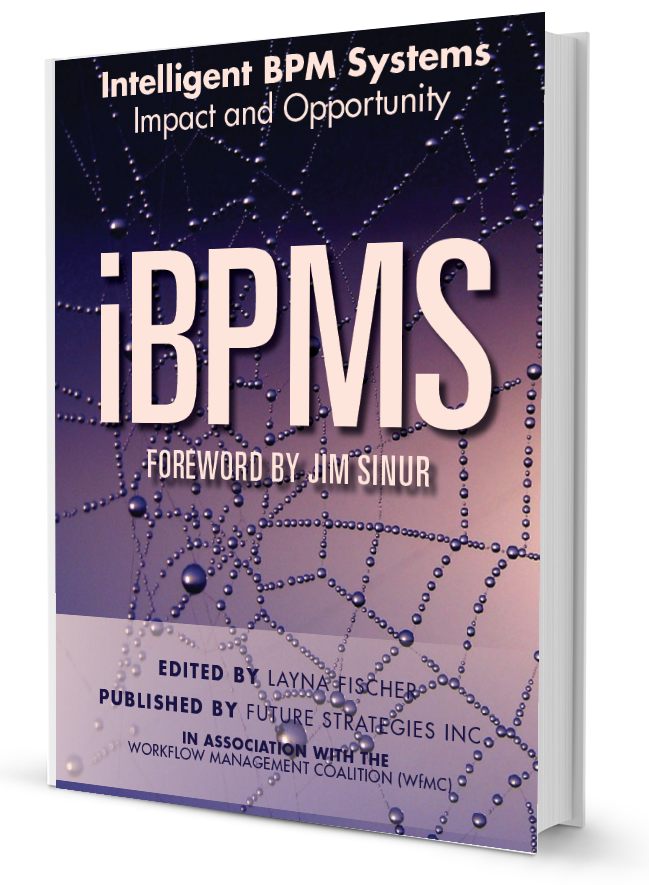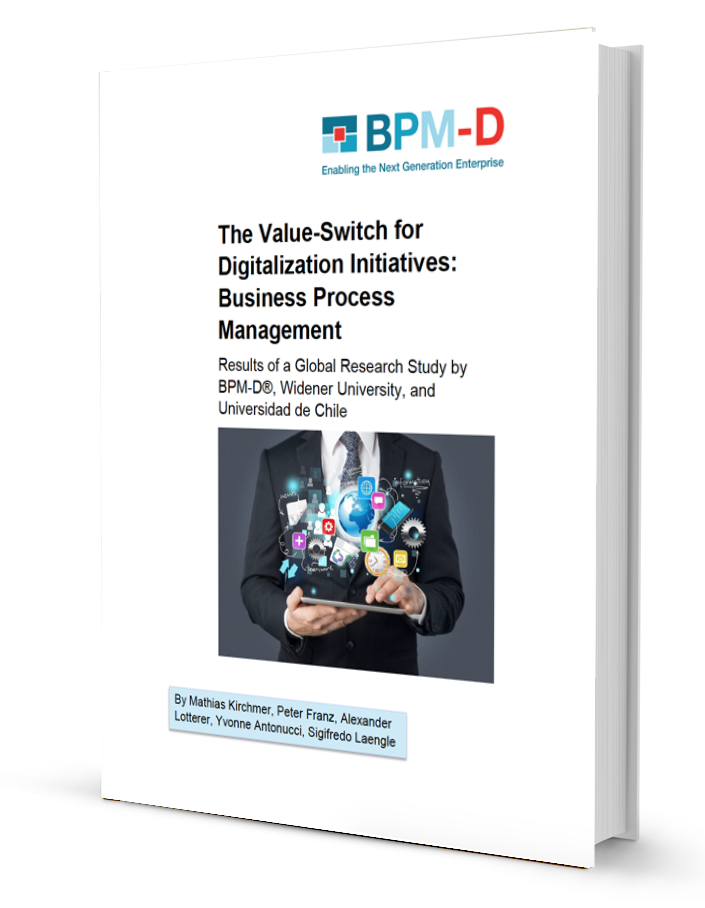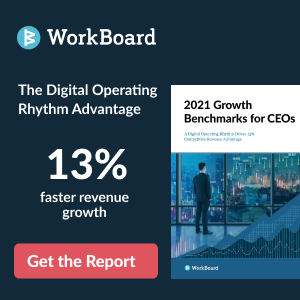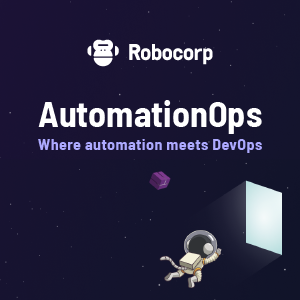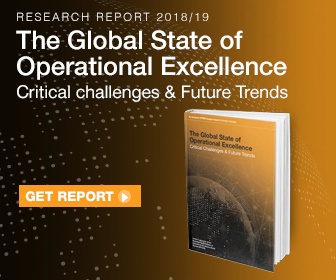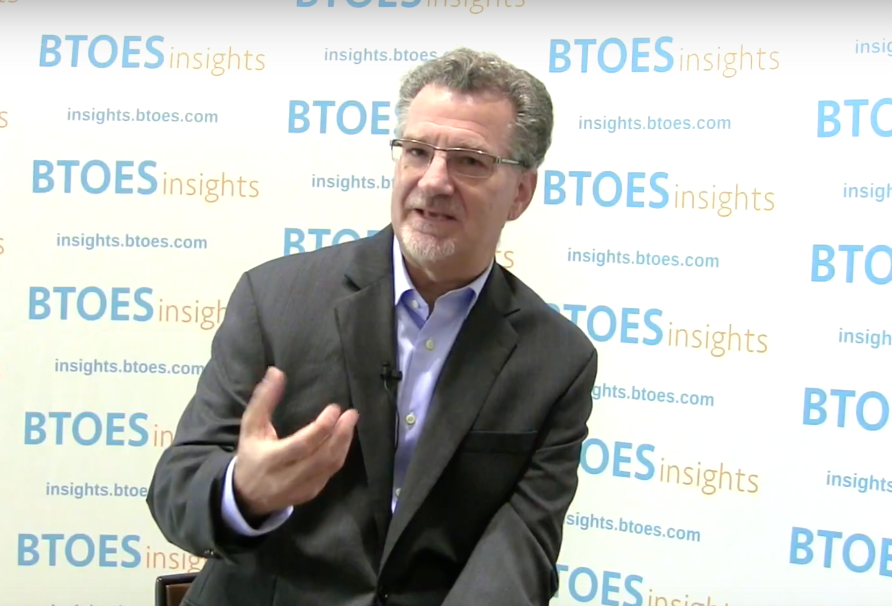Joseph Paris is the founder of the OpEx Societyand XONITEK. Read his thoughts on why Lean Six Sigma can 'fail' so much of the time, and the case for continuing your Operational Excellence Journey.

Does Lean Six Sigma Work?
Would you get on an airplane if it you knew the flight would fail 25-70% of the time? What if it was only 1% of the time? Would you get on an airplane if you knew one out of every hundred (1:100) flights would fail? That would be a failure rate of approximately one flight per hour, every hour, out of Newark International Airport alone (or that of any other major international airport).
It seems that everywhere I look – every article I read, every subject matter expert with whom I speak and every talk to which I listen – the message appears to be the same each and every time; Lean Six-Sigma fails. Depending upon the source, Lean Six-Sigma initiatives might fail 25% of the time or even 70% of the time. Some even claim that they never fulfill its promise or realize its potential. In fact, there are so many articles and lectures on how often and how much Lean Six-Sigma fails that it is amazing anyone would even bother trying to implement it, or otherwise select it as a path for improvement.
Not sure what Lean and Lean Six Sigma is? Click here.
Yet leaders in business from around the world and across nearly every industry insist that Lean Six-Sigma programs have been wildly successful in their companies and can be as wildly successful in others – even yours.
There is an obvious disconnect; in the story, in the way it’s “told”, in the way it’s deployed and in its ending. But what might that disconnect, or those disconnects be?
Why do we continue to use Lean Six Sigma?
As a long-time member of the Institute of Industrial Engineers (IIE) and being on the Advisory Board of its Process Industries Division (PID), as well as being on the Advisory Board o fBinghamton University’s System Science and Industrial Engineering (SSIE) Department; I have been intimately exposed to the material on the subject matter being taught at various institutions and purveyors of knowledge and decided to investigate the “root cause” of such poor results being reported, as well as the increasingly poor expectations associated with Continuous Improvement initiatives.
During this exercise – and for both academia and industry from sources around the world – I examined the curriculum offered and reviewed the books and other materials used in the teaching of the various disciplines associated with Continuous Improvement in general, and Lean Six-Sigma in specific. I also examined the websites and articles written by practitioners and consultancies (including my own).
Almost all of the material I read referred to the forensics of the disciplines – a focus on the “How”, including the “tools” of the trade and the “methods” of their leveraging and deployment. One book had an emphasis on “5-S”, another on “VSM”, another on “Kanban”, another on “Kaizen” and so on. One book went at great lengths to talk about the importance of “Flow” and “Roadmaps”. Every book I read made some reference to the miracles performed at Toyota and advocated how they can be replicated in any industry, in any business, anywhere.
Which brings me to the other underlying theme that was shared in everything I read; the “Why”. All of the books and materials I have read and the lectures I have attended have discussed in great detail the benefits of embarking on such programs. All of them create a vision of a better place – a better set of conditions under which a business might operate and the great benefits which will be realized as a result. They all create a very compelling and pretty picture of what the world can be like if only we embrace the disciplines of Lean Six-Sigma as the critical base-line component of any Continuous Improvement Program.
And most of the books and content also address the remaining Six Honest Serving Menof Rudyard Kipling including; “What”, “When”, “Where” and “Who”.
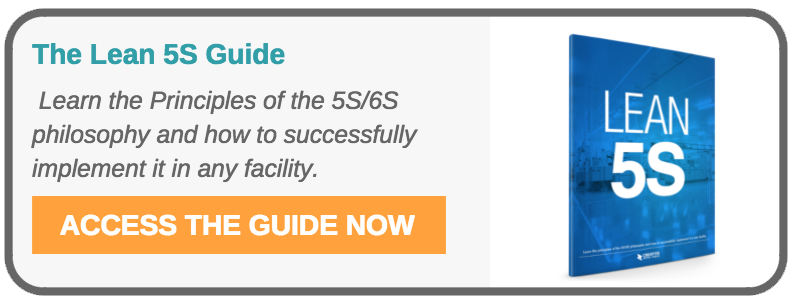
All of this knowledge and instruction is necessary, well and good. I would support any argument that it is important to know how to properly use the tools in your toolbox; which one to grab under any given circumstance and how to wield it and where for maximum effectiveness. I would also support the vision painted by the proponents of such knowledge of what could be achieved.
So What's the problem with Lean Six Sigma?
However, the one thing I noticed in almost all of the material I reviewed – very subtle in nature, but with a profound and devastating impact on the results – was the consistent references to the singular.
There were many mentions of “you”, “me” and “I”; but very few referred to “we”,“us”,“them” or “they” – not to mention “the team”. It is almost as if any results that might be achieved in a Continuous Improvement program are solely the consequences of an individual’s efforts and not that of a coordinated effort of many – not to mention an entire company. There was even a considerable number of references in the “assumptive” such as; “then this is done, followed by that, to achieve the goal” – as if it were all going to magically happen without human involvement at all. If leadership, program management and communication skills are mentioned at all,they are usually given short shrift and tucked towards the back of the book.
Whenever I find myself looking at a traditional organization from a Continuous Improvement perspective; I see four major stratifications of people involved and their respective roles – each a distinct and necessary member of an overall traditional Continuous Improvement Team, but whose deliberate integration is required to be successful. It is important to note that these are “roles” with corresponding responsibilities to which I am referring – and not necessarily positions or titles.
It is also important to understand why I refer to the roles as “stratifications” of a workforce and not slices in a pie-chart. Quite simply, the stratifications represent value (real or perceived) being driven to the organization – with those in “Leadership” roles driving more value to the organization and its efforts than those (incrementally) of other stratifications. A pie-chart would not demonstrate this adequately.

What are the 'Stratifications' of Lean Six Sigma?
I see these roles as:
- The Leader; this person’s role in the organization is Strategic, with their vision set beyond the horizon. Their primary responsibility is to build a vision for the organization and to communicate that vision to all who are either directly or indirectly involved. It is important to distinguish between the Leader being a “position” held by an individual versus a Leader who has the role of creating the “vision”. They may be one and the same, but it’s not necessarily so. Being strategically oriented, the Leader (by definition and by necessity) should remain focused on defining and refining the goals to be most effective and not be distracted by the details that are in the realm of Tactician or Logistic.
- The Practitioner; this person’s role in the organization is more Tactical, with an orientation on implementing the Strategy. They have first-hand knowledge of the vision set by the leader (or should have), and their responsibility is primarily to apply discrete skillsets and manage the resources required in the realization of opportunities which are in alignment with the Leader’s vision. It is important that the Practitioner remain focused on plan development and deployment to be most effective in this role, and to not get dragged into the actual execution.
And perhaps this is why materials written about Leadership do not delve deep into the requirement details of Continuous Improvement and Lean Six-Sigma – and the materials written about Continuous Improvement and Lean Six-Sigma do not address the importance of effective Leadership and the required skillsets –they are written by people in different roles for people in the same roles as the writer.
- The Indoctrinated; this person’s role in the organization is more Logistical, with an orientation on deployment. They are young in the doctrines of Continuous Improvement and Lean Six-Sigma, may have some of the skillsets, and will also have knowledge of the vision for the organization as set-forth by those in the role of Leader (but probably to a considerably lesser extent than the Practitioner). Their responsibility is to be the person who is the resource that will actually do the bulk of the labor that effects the change.
- The Unindoctrinated; these are the people who are on the “outside”. They don’t really know the vision from the leaders (who are not working to drive the message down so deep in the organization) and they don’t possess the skillsets of the indoctrinated (either because they are very young in the organization or the decision (passive or active) has been made to not convey the skillsets to them (either permanently, or “not yet”).
A lack of Cohesion on the Operational Excellence Journey
The profound lack of cohesion, (which is the natural result of all participants focused on executing their own responsibilities in the chain and not performing in a collaborative team environment) results in a program whose efforts come in fits and spurts, whose results are predictably inconsistent, and with future outcomes that are difficult – if not impossible – to predict. Since the funding and support follows success, and the success varies so widely; the results that are realized are destined to fail at achieving those that are planned – and this leads to assessments forming that the program was unsuccessful.
 In my opinion, herein lies the “root cause” of why Continuous Improvement and Lean Six-Sigma initiatives fail to realize their full potential. In a word, “Stewardship”. Or in this case, the lack thereof.
In my opinion, herein lies the “root cause” of why Continuous Improvement and Lean Six-Sigma initiatives fail to realize their full potential. In a word, “Stewardship”. Or in this case, the lack thereof.
“Merriam-Webster” defines “Stewardship” as, “the conducting, supervising, or managing of something; especially: the careful and responsible management of something entrusted to one’s care.”
To be a Steward, you must have something entrusted to your care – AND, you must be careful with and responsible to that which has been entrusted to you. A Steward needs to be empathetic to the needs of all those involved, but also Socratic in the manner in which they engage. As a Steward, you are coach and mentor – and a master ofcommunication and diplomacy. You nurture and protect rather than command – and you are a member of the community over which you preside; a community that depends upon you as much as you depend upon it in order for everyone to be successful.
Stewardship is a cross-over function that bridges the strategic, through the tactical to the logistical. However, it is important to note that this role of Steward (or the other roles previously defined) is not necessarily a “position” but rather a role (and the corresponding responsibilities defined of this role) taken-on by qualified people who exist in the organization. Certainly, I am not endorsing an additional layer of management (personally, I believe most organizations have far too many layers as-is).
For example, think about the roles on a ship at sea;
- The Captain of the ship (“Leader”) is responsible for safely getting the ship and all aboard safely to its destination (“strategy / goal”).
- The Petty Officers on the ship (“Practitioners”) are responsible for various ship’s-functions such as; engineering, galley, communications, etc…
- The Crew (“Indoctrinated”) is responsible for carrying-out the duties of the ships-functions.
- The Passengers (“Unindoctrinated”) are the human cargo. Once at sea, they might be taught the basics of survival (life-jackets, life-boats, etc…), but that is about it.
- The Ship’s Steward is the person who is charged with hearing, understanding and acknowledging the orders and intent of the Captain, communicating it though the entire ship, ensuring that such orders and intent are carried-out by those on board, and that theentire vessel is aligned with the objectives of the Captain.
The Ship’s Steward is also responsible for assessing risk and being the advocate of the Petty Officers, Crew and Passengers ensuring that their concerns and needs are properly communicated for evaluation and action, that the appropriate resources are allocated, and the entire crew is prepared and committed to achieving the objectives.
Lastly and if necessary, the Steward is the trusted advisor that helps the Captain change the Strategy if based upon communication with the crew and assessment, the Strategy is determined to be unachievable under the present circumstances.
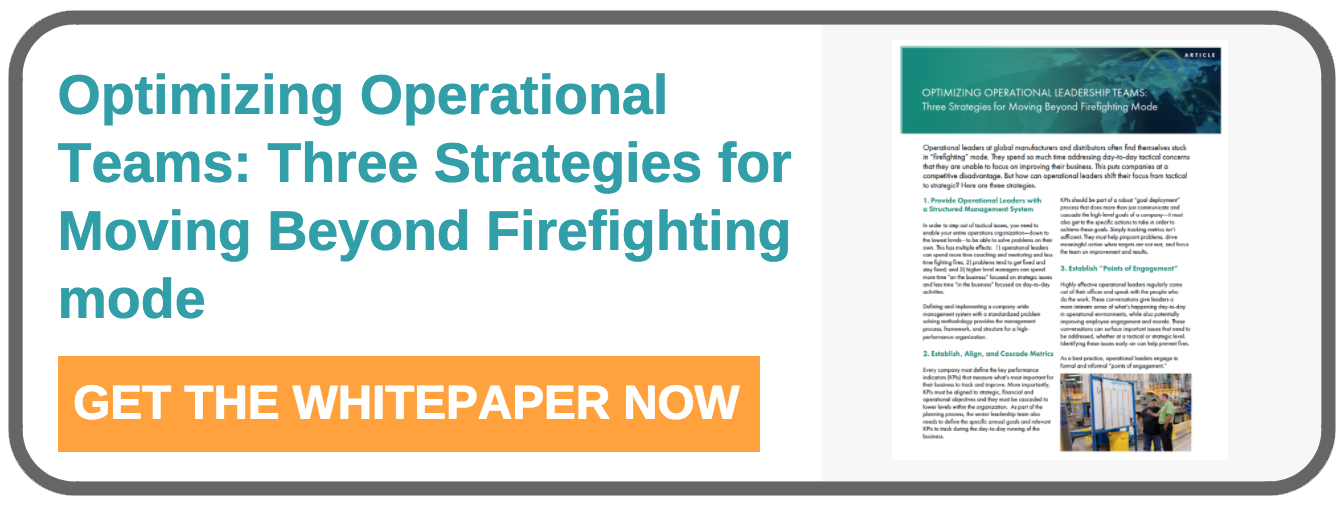
As such, it could be argued that the Steward is the most important role on the ship – for the Steward ensures that everyone is working towards a goal that is crystal-clear, and that everyone has what is required for them to successfully fulfill their objectives, and expectations are managed throughout all souls on the ship – from top to bottom and back to top.
The results associated with defining and deploying the role of Steward in a Continuous Improvement or Lean Six-Sigma initiative – or any initiative for that matter – is going to be the difference between achieved success and not. With the role of Steward in-place, the benefits will be;
- Goals are established – with the ongoing and continual management of real expectations set on an on-going, closed-loop basis. Since goals are modulated from the realities communicated by-directionally, there should be a dramatic reduction in the instances of “failing to meet objectives”. The dreams, or even “fantasies” may not be realized, but the expectations will be.
- Support Resources are properly identified and allocated – with the team members having an advocate who will assess the needs required to successfully carry-out the objectives and who will communicate these needs to the leadership.
- The roles and value-add of all crew members will increase in a far quicker, predictable, and measurable manner. They will also increase their positive impact across the organization because the priorities and manner will be communicated, shared and coordinated.
As the Steward is someone who is “entrusted”, there should be the expectation that all communications are pure and without biased intent – that the intent of the vision, the assessments of needs, the recommendations to the leadership are all being conveyed in an environment of intimacy and unreserved trust. If such trust does not exist, then the Steward is no longer the Steward.
 Which comes to my recommendation: I believe that addressing the need for Stewardship and teaching Stewardship skills are critical to the success of any Continuous Improvement Program or Lean Six-Sigma initiative. Stewardship establishes the necessary precursor environment only through which the full achievement of the benefits of any such program or initiative is possible and will result in the realization of the maximum potential reward associated with leveraging the tools and methods of Lean Six-Sigma.
Which comes to my recommendation: I believe that addressing the need for Stewardship and teaching Stewardship skills are critical to the success of any Continuous Improvement Program or Lean Six-Sigma initiative. Stewardship establishes the necessary precursor environment only through which the full achievement of the benefits of any such program or initiative is possible and will result in the realization of the maximum potential reward associated with leveraging the tools and methods of Lean Six-Sigma.
I also believe that the teaching of these Stewardship skills should be moved to the front of the curriculum and materials – and not as an Elective or after-thought. As an individual member of the community – whether your role in a project or a business is that of a Practitioner or that of a Leader – the Steward will ensure everyone is working as a team. And working as a team makes all the difference.
Find me at; Operational Excellence Society, XONITEK, and My Blog
Originally Published 01 May 2012

.png)
-1.png)















































 In my opinion, herein lies the “root cause” of why Continuous Improvement and Lean Six-Sigma initiatives fail to realize their full potential. In a word, “Stewardship”. Or in this case, the lack thereof.
In my opinion, herein lies the “root cause” of why Continuous Improvement and Lean Six-Sigma initiatives fail to realize their full potential. In a word, “Stewardship”. Or in this case, the lack thereof.
 Which comes to my recommendation: I believe that addressing the need for Stewardship and teaching Stewardship skills are critical to the success of any Continuous Improvement Program or Lean Six-Sigma initiative. Stewardship establishes the necessary precursor environment only through which the full achievement of the benefits of any such program or initiative is possible and will result in the realization of the maximum potential reward associated with leveraging the tools and methods of Lean Six-Sigma.
Which comes to my recommendation: I believe that addressing the need for Stewardship and teaching Stewardship skills are critical to the success of any Continuous Improvement Program or Lean Six-Sigma initiative. Stewardship establishes the necessary precursor environment only through which the full achievement of the benefits of any such program or initiative is possible and will result in the realization of the maximum potential reward associated with leveraging the tools and methods of Lean Six-Sigma.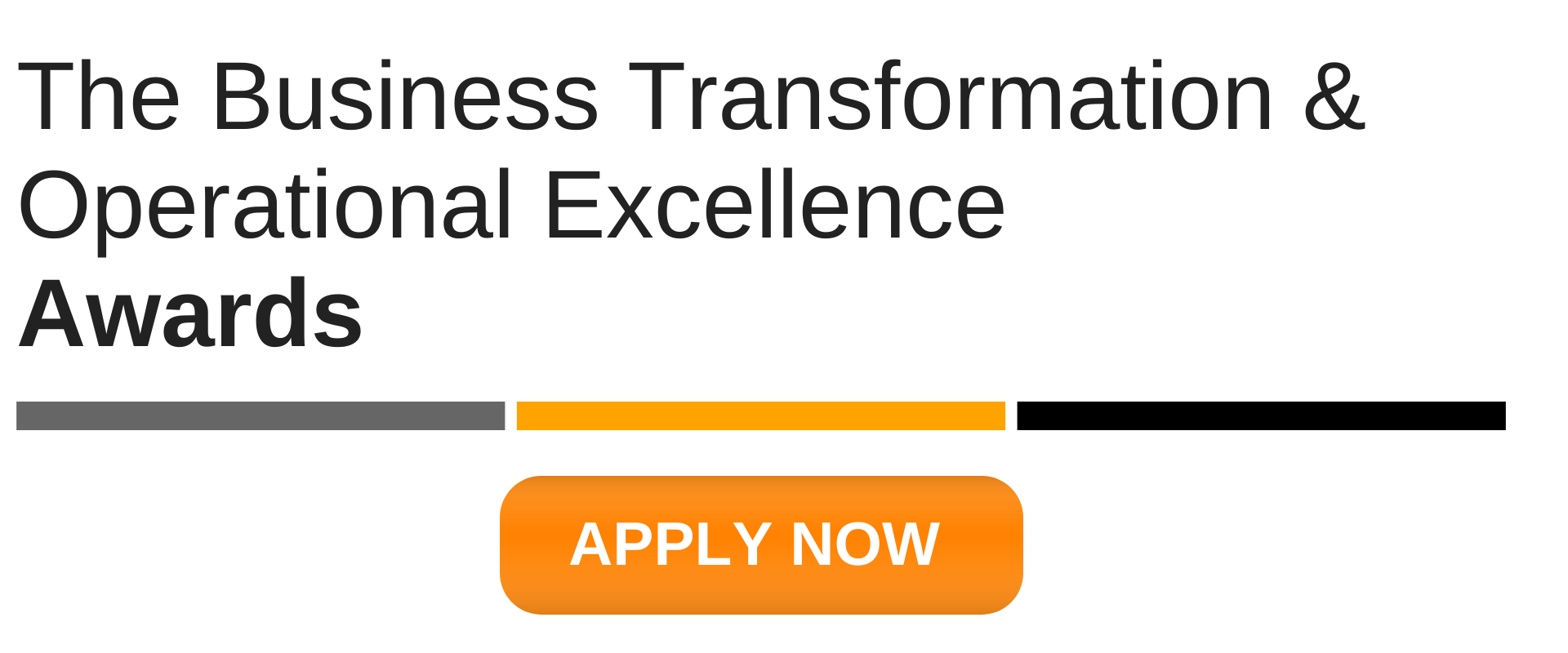

-2.png)
-2.png)
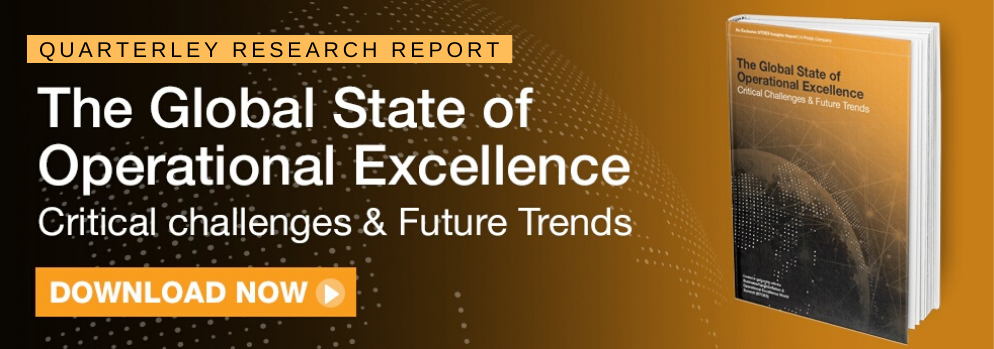




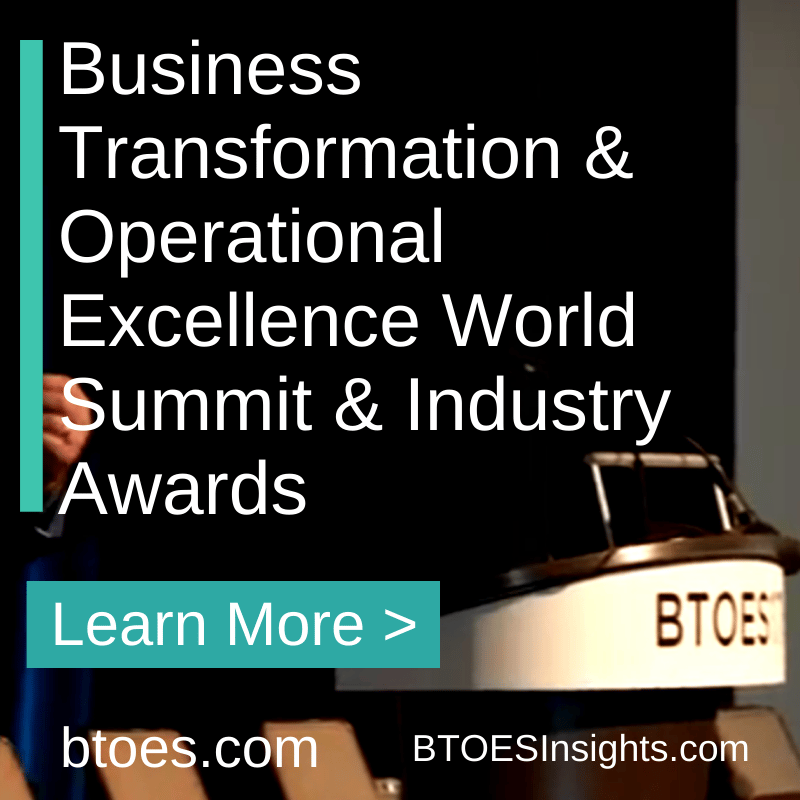
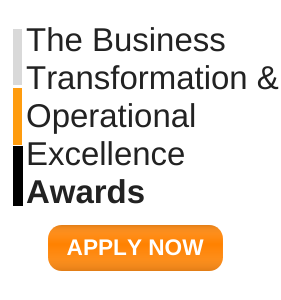
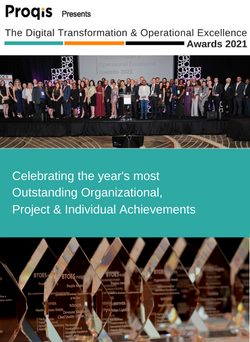
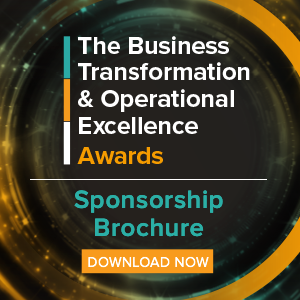

%20(1)%20(1).png?width=1410&name=Add%20a%20heading%20(8)%20(1)%20(1).png)



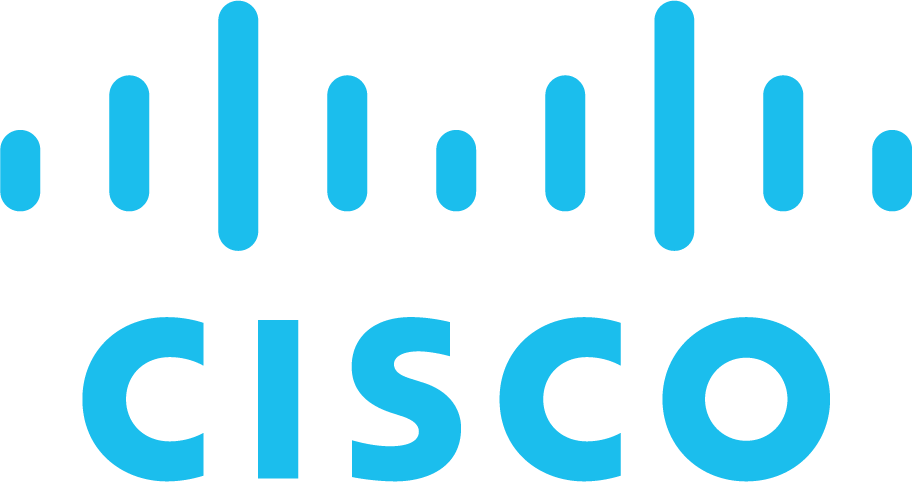

.png?width=300&height=300&name=LINKEDIN%20AWARDS%20GRAPHIC%20(1).png)
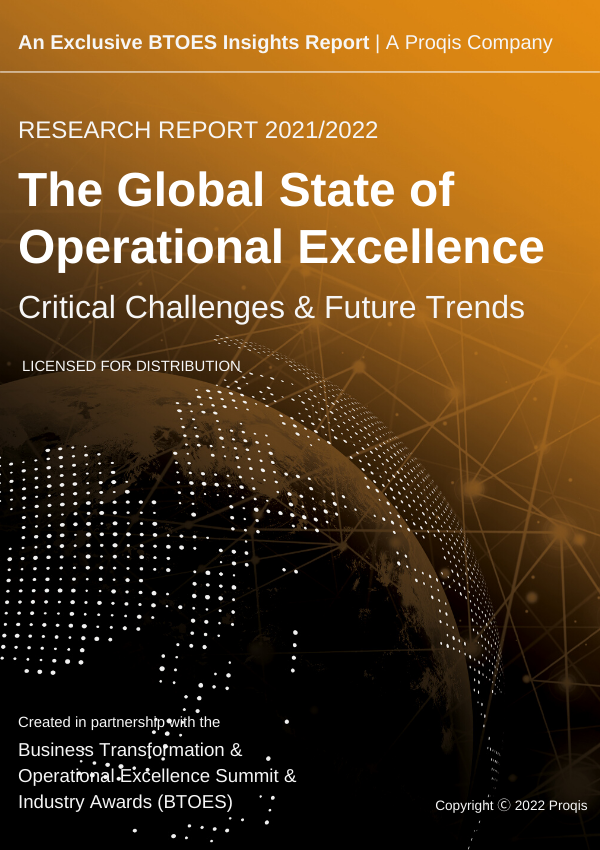
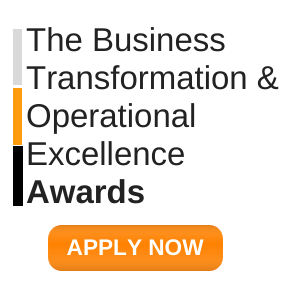
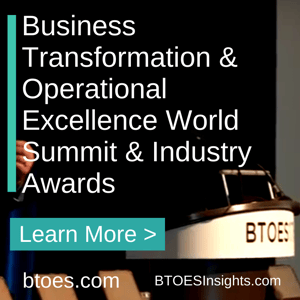

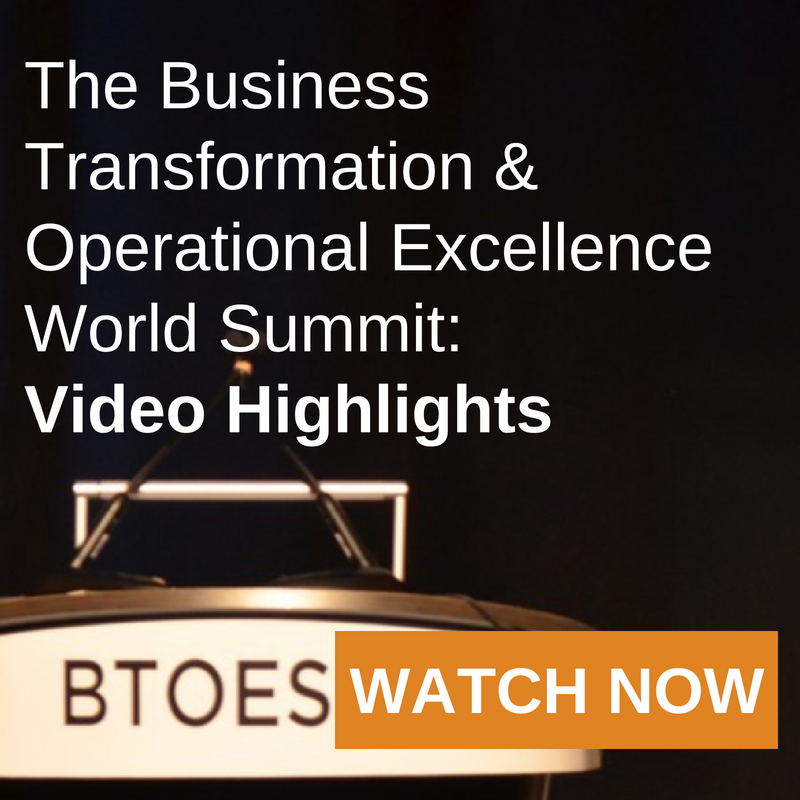


-1.png?width=300&name=ATTENDEE%20-%20Proqis%20Digital%20Event%20Graphics%20(2)-1.png)
-1.png?width=300&name=ATTENDEE%20-%20Proqis%20Digital%20Event%20Graphics%20(1)-1.png)




